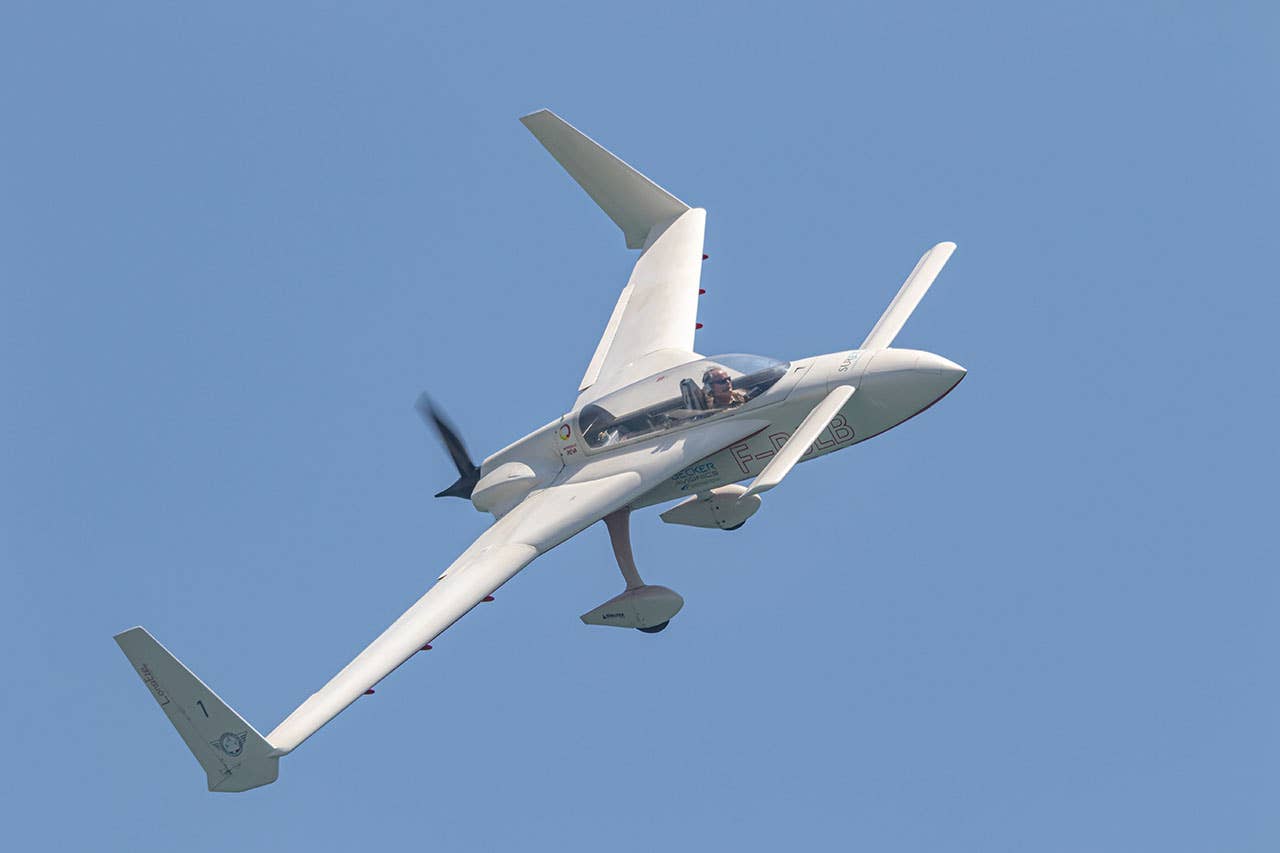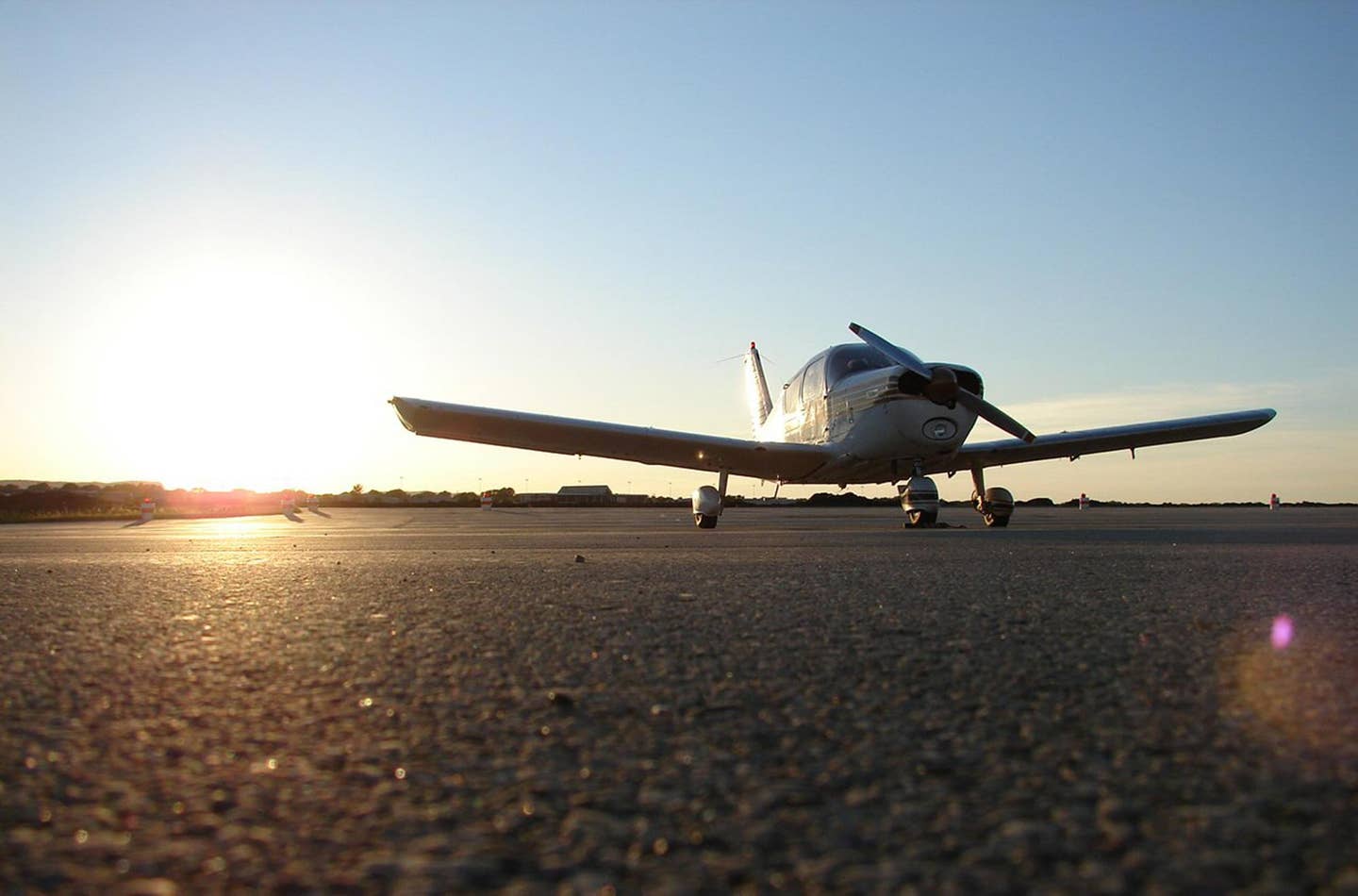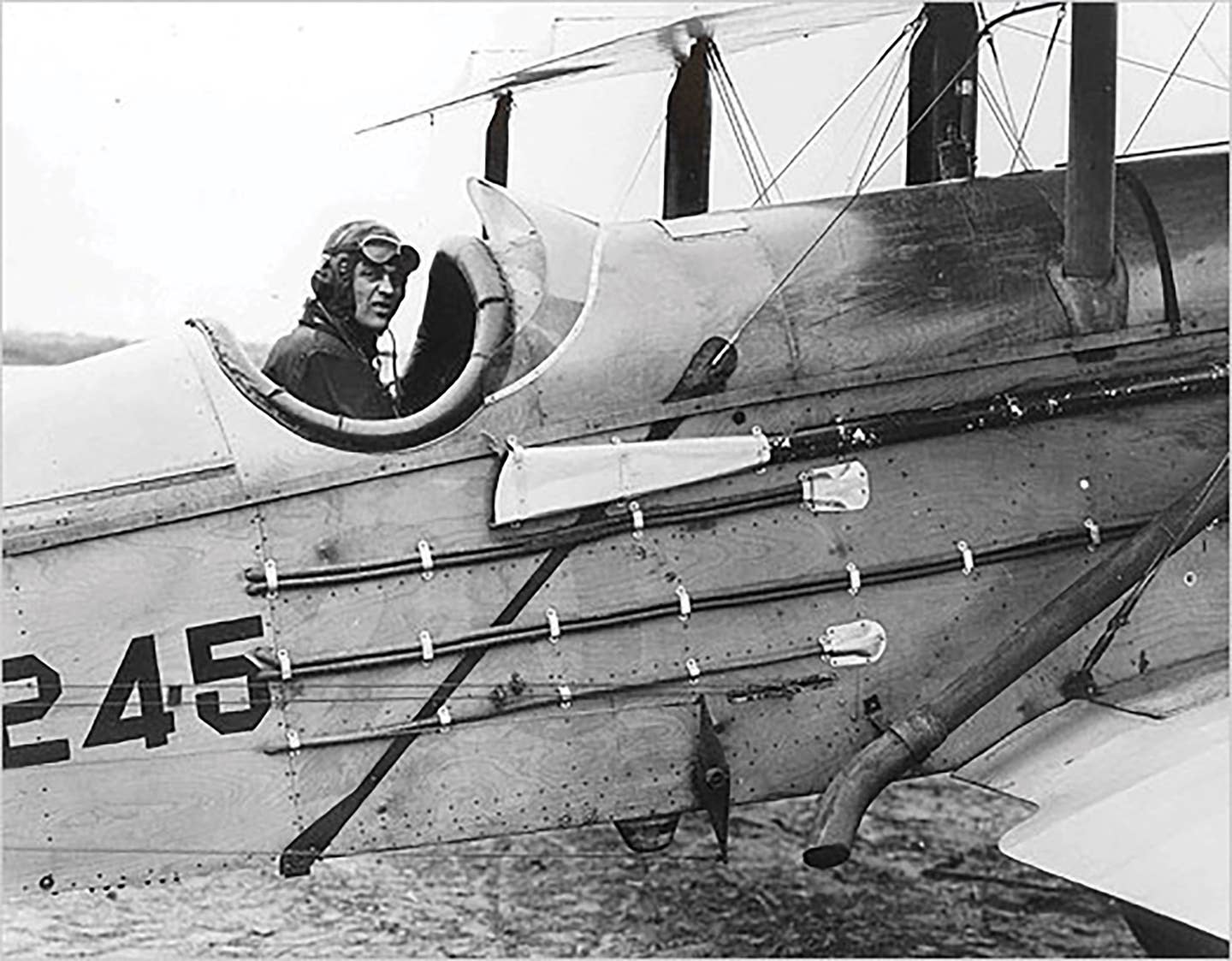Rutan VariEze
The genesis story of the Experimental Aircraft Association is just what the name says, and for the first couple of decades of its life, those aircraft were largely conventional tube-and-fabric-covered…

Burt Rutan’s snarky-looking canards were fast and economical. For a time, they dominated the homebuilt parking areas at OSH.
The genesis story of the Experimental Aircraft Association is just what the name says, and for the first couple of decades of its life, those aircraft were largely conventional tube-and-fabric-covered wood and/or steel tube construction, planes that required minimum tools and builder skills. But the 1960s (and on into the '70s) were an era of tremendous technological advancement that fed the public's fascination with all things innovative. In aviation, younger builders were drawn to new shapes and materials, believing that greatly improved performance, economy and ease of building were possible with new designs. While he was far from the first to experiment with futuristic designs, Burt Rutan tapped into the zeitgeist of the times with his VariEze. The single-pusher-engine canard-configured two-seater was fast, with a max cruise speed of close to 170 knots, and it was efficient, too, with a max range of better than 600 nm at fast cruise. Builders flocked to the VariEze, and for years during the late '70s and early '80s, the VariEze, along with the follow-on design, the LongEze, were the most populous experimental aircraft at Oshkosh, highlighting not only the next generation of builders' commitment to EAA but also their recognition of Oshkosh as the place to show off your completed projects.

Subscribe to Our Newsletter
Get the latest Plane & Pilot Magazine stories delivered directly to your inbox






